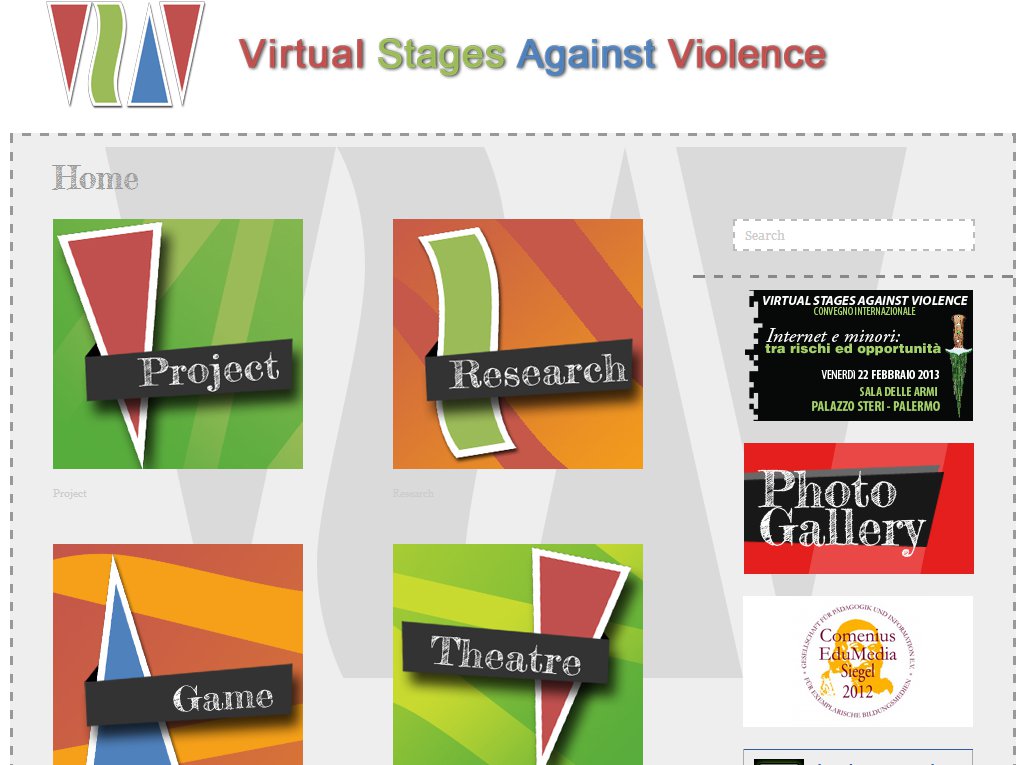Toolkit – Digital & Media Literacy Education

In industrialised countries, the Internet has increasingly become embedded in everyday life: from the purchase of a train ticket to the consultation of a bibliographical catalogue, the Net can be seen today as an “invisible technology”. In addition, the growth of the Internet at home and school has generated a particular group of users, i.e. children and teenagers, and this has led to a debate about the impact of the media on new generations.
On the one hand, there are those who think that new technologies are inherently negative, so they concentrate on the risks to which young people – seen as vulnerable and passive – are exposed. On the other hand, there are those who attribute to media an inherently positive role and the emphasis is moved towards the delay of formal education in adapting themselves to the new demands of the digital era. The Toolkit – Digital & Media Literacy Education attempts to go beyond these opposite visions. In line with recent developments of Media Education, which today is more oriented towards empowerment than protection, it suggests looking at the Internet taking into consideration both the risks and the opportunities, and to pay attention to the role that education can play in promoting a critical and creative use of digital media.

The Toolkit was developed as part of the Virtual Stages Against Violence (VSAV) project which was financed by the Daphne III programme with the aim of empowering young people through the development of media critical awareness and media literacy skills. Under the coordination of CESIE several actions have been implemented in each participating country (Italy, Germany, Romania, UK).
Among them, the Toolkit was created with the purpose of offering to teachers and educators a series of learning units on digital media to be used in daily teaching activities. In particular, five key issues were considered: 1) participation: web 2.0 is connected to new technologies’ participative potential and needs to be matched with experience, skills and knowledge for digital citizenship; 2) credibility: online communication has simplified access to and dissemination of information, posing issues related to source reliability and content selection; 3) identity: the need for the development of a self-reflective ability to avoid narcissism and egocentricity which can develop in online, interactive environments; 4) privacy: managing and safeguarding personal sensitive data is essential, in a time when online sharing is a key issue; 5) creativity: the spread of digital technologies allows people to release or edit contents, for example through the practice of remix, which demands a reflection about authorship and free movement of knowledge.
Each theme has been developed into a learning unit including three classroom activities and all the instructions and materials required to implement them. The Toolkit contains also additional contents on key concepts specifically addressing the teachers, and grids for students’ self-assessment.
Moreover, each learning unit ends with a section titled “The Big Brain: Learning to Play, Learning while Playing”, which proposes a final synthesis activity based on an online game. The Toolkit is freely available for download at http://virtualstages.eu/it/download.
By Maria Ranieri, University of Florence, Italy
 Follow
Follow